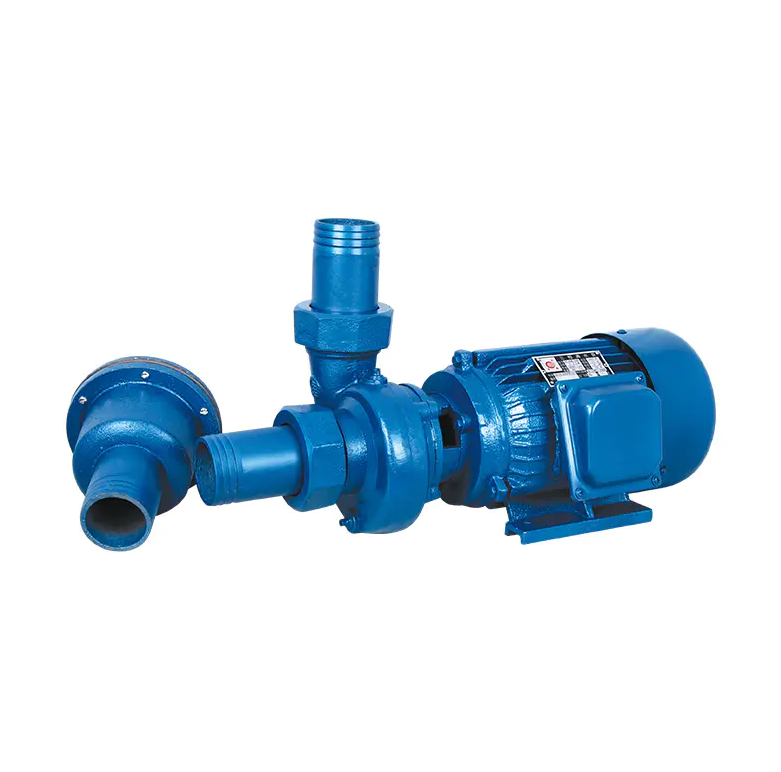Mixer pumps play a critical role in situations where liquids need to be moved and blended at the same time. Their dual function makes them particularly useful in large tanks, ponds, or storage pits where maintaining uniform liquid composition is important. This functionality reduces downtime and improves the consistency of operations.
In agricultural settings, mixer pumps help circulate manure or slurry, preventing solids from settling and promoting even distribution. This is essential for subsequent processing and for maintaining environmental standards. Similarly, in industrial applications, mixer pumps assist in chemical blending, temperature regulation, and keeping particulate matter in suspension.
The operational principle of a mixer pump involves a rotating impeller that generates flow and turbulence. This motion helps break up solids, mix liquids, and create a consistent solution. Some mixer pumps offer submersible designs, allowing them to operate directly within tanks or pits, which eliminates the need for extensive piping or external mixing equipment.
Choosing a mixer pump involves considering factors such as tank size, liquid type, and desired flow rate. Maintenance routines include checking the motor, inspecting the impeller, and ensuring that seals remain intact. These actions help maintain consistent performance and extend the pump's service life.
By combining circulation and mixing, mixer pumps simplify many processes in fluid management. Their adaptability across industries highlights their usefulness in applications where uniformity and efficiency are important. Whether in agriculture, wastewater treatment, or chemical processing, mixer pumps provide a practical and reliable solution for handling liquids effectively.

